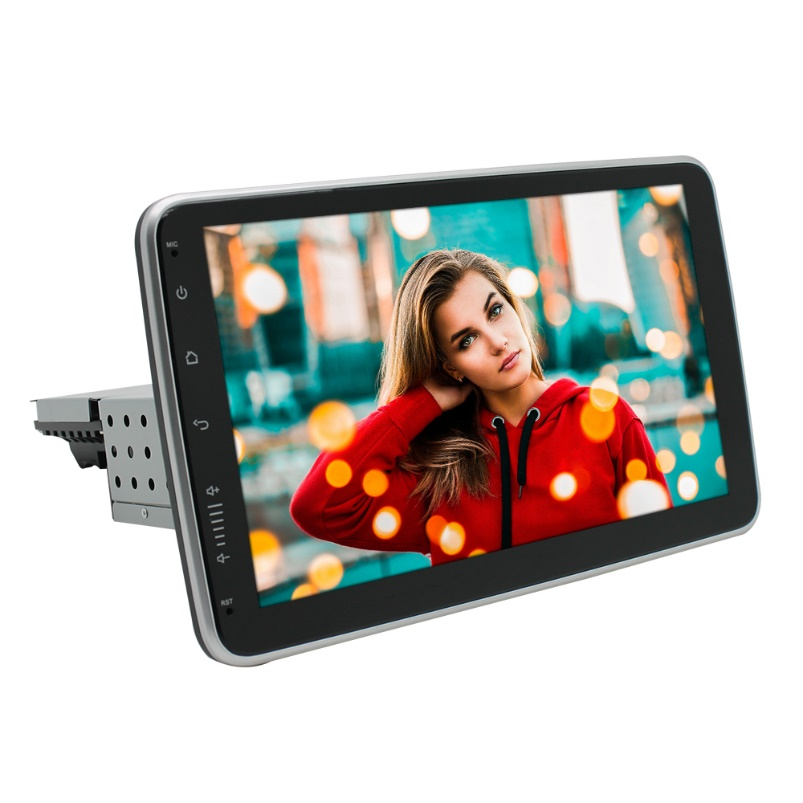The constant shortage of semiconductors is forcing some automakers to equip models with aftermarket head units. you have to wait
Many automakers have had to tweak available features in order to keep selling cars due to ongoing chip shortages.
In some cases, manufacturers have replaced local infotainment systems with aftermarket head units. This is an infotainment system that was not designed or engineered by the automaker.
Instead, automakers can buy systems from brands like Alpine (similar to models offered by retailers like Supercheap Auto or Repco) and install them in cars with minimal modifications.
Manufacturers sometimes import cars without any infotainment systems and then install these aftermarket head units locally before the cars go to dealerships.
As the car’s infotainment system becomes more important to consumers who value screen size, speed, ease of use and the availability of features such as smartphone mirroring, the quality of the system can influence their purchasing decision.
So, is it better to wait until automakers offer their own infotainment systems again, or is it better to go aftermarket?
Since aftermarket systems are developed by third parties and are not subject to OEM production schedules and other restrictions, such systems may have more capabilities than their OEM counterparts. This may include more advanced smartphone mirroring features such as wireless Apple CarPlay and/or Android Auto.
For example, the recently released .css-vurnku{box-sizing:border-box;margin:0;min-width:0;} Subaru Forester 2.5X sells for the same price as the base 2.5i but has features such as Apple wireless. CarPlay and Android Auto join the Forester lineup for the first time using an Alpine-branded infotainment system.
Aftermarket options can also be helpful if customers don’t like the user interface and design of the factory system. Suzuki, for example, has been equipping models like the Jimny with an aftermarket 9.0-inch head unit since late 2021 and claims that this unit has better speed and resolution than the previous factory-installed 7.0-inch system.
Because automakers do not need to recoup the cost of developing their own systems, another potential benefit for customers is that available third-party systems can offer the aforementioned functional and performance benefits at a modest price reduction.
For example, Suzuki didn’t miss any price concerns by choosing an aftermarket head unit.
For automakers and customers, the installation of aftermarket head units ultimately helps ensure a stable supply of vehicles and maintain inventory, helping customers reduce lengthy waiting times.
Since the aftermarket head unit is not designed by the automaker, one of the main drawbacks is that it may not match the design of the rest of the interior, so it may not have the same integrated look as the factory infotainment system.
Most aftermarket head unit manufacturers continue to develop infotainment systems that are sized to the former industry standard with single DIN or larger dual DIN slots on the dash, which may not fit all models currently on sale.
For example, the Alpine head unit used in the Subaru Forester 2.5X fits into a double DIN slot, leaving an uncomfortable empty space above the space normally occupied by the factory infotainment unit.
It can also affect the resale value if the potential buyer believes that the owner has modified the car with a non-factory infotainment unit.
While aftermarket infotainment systems may offer smartphone wireless mirroring capabilities that automakers’ own systems may lack, they may also lack certain features and may not integrate with other vehicle systems.
For example, some aftermarket systems may not have built-in satellite navigation or turn-by-turn navigation in the instrument cluster. These systems may also lack the ability to display and customize vehicle features such as climate control, driving modes, and driver assistance features.
While infotainment systems are often covered under a new car warranty, aftermarket systems may not have been designed to the same level of quality and durability as OEM alternatives, raising questions about the system’s long-term post-warranty reliability.
Most of the vehicles currently equipped with aftermarket infotainment systems are the lower grades of popular mass production vehicles. This includes a special edition Subaru Forester 2.5X that starts at $37,890 (the same as the regular base Forester 2.5i) and features a 7.0-inch Alpine infotainment display with Apple CarPlay and Android wireless connectivity. Auto.
However, the system lacks a CD player, over-the-air (OTA) update capability, and voice command recognition for the factory infotainment system, and is slightly smaller than the system’s 8.0-inch screen.
Subaru says the Forester 2.5X is just a special edition and not a response to a chip shortage, though it’s worth noting that the aftermarket infotainment system is the only notable difference.
.css-vurnku{box-sizing:border-box;margin:0;min-width:0;} The Mitsubishi Triton series has also recently experienced a component shortage to make up for this in some variants of the MY22 series such as the GLX and GLX+ models come with a 7.0″ aftermarket MiDisplay infotainment system.
Most Suzuki models, including .css-vurnku{box-sizing:border-box;margin:0;min-width:0;} Jimny, .css-vurnku{box-sizing:border-box;margin: 0 ;min -width:0;} Ignis, .css-vurnku{box-sizing:border-box;margin:0;min-width:0;} Swift and .css-vurnku{box-sizing:border-box;margin :0 ;min-width:0;} The Vitara comes with an unbranded 9.0-inch infotainment system that is similar to what you would normally find on online retailers like AliExpress.
While the device has a larger display and a faster processor than the 7.0-inch device Suzuki previously had, it lacks built-in sat-nav.
Suzuki Australia approached its global parent company with the idea of installing a third-party system locally after learning of production slowdowns at its plants in Asia and Europe, due in part to the lack of Bosch mainframes in its supply chain.
With approval from its Japanese parent company to strike the right deal, Suzuki’s local management struck a deal with Australian consumer electronics distributor, developer and OEM supplier Directed, which works with companies such as Fuso Trucks and Sony.
Read more: .css-vurnku{box-sizing:border-box;margin:0;min-width:0;} How Suzuki Australia can attract more cars with its own touchscreen
Post time: Mar-23-2023
